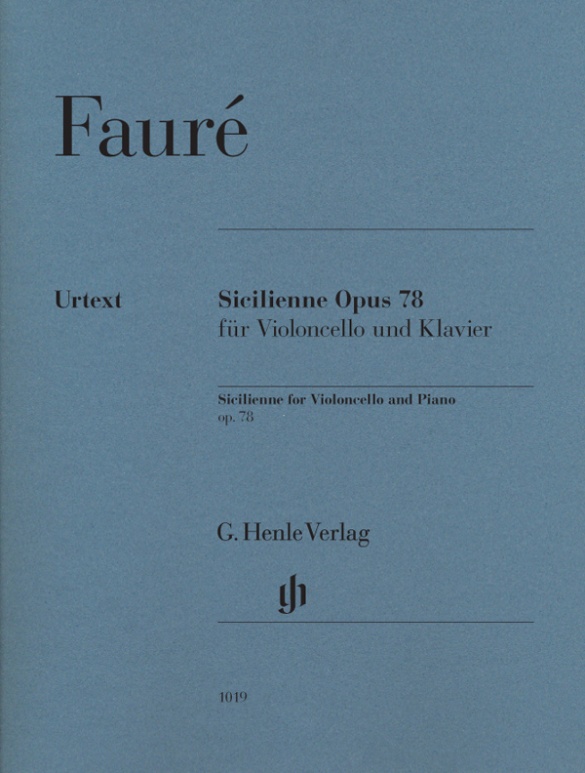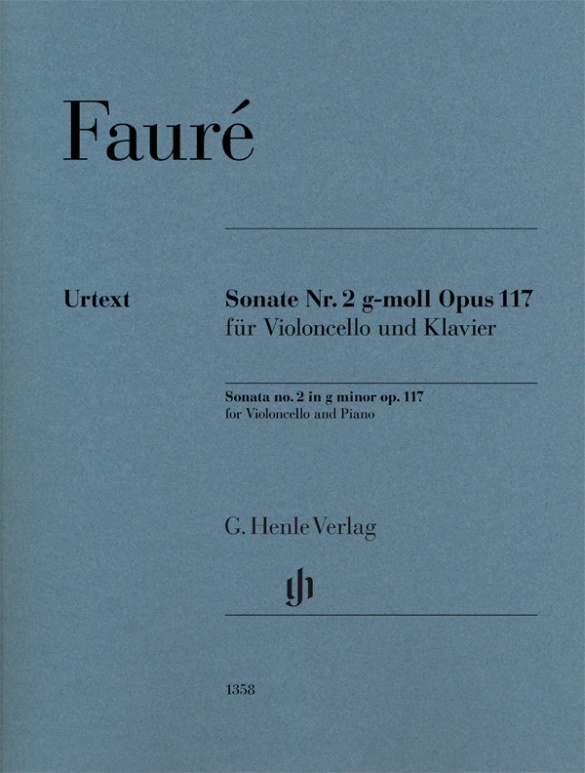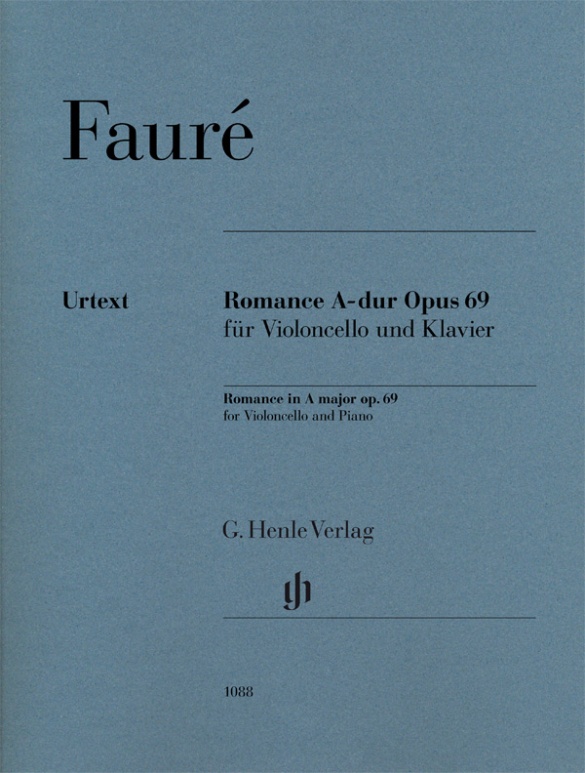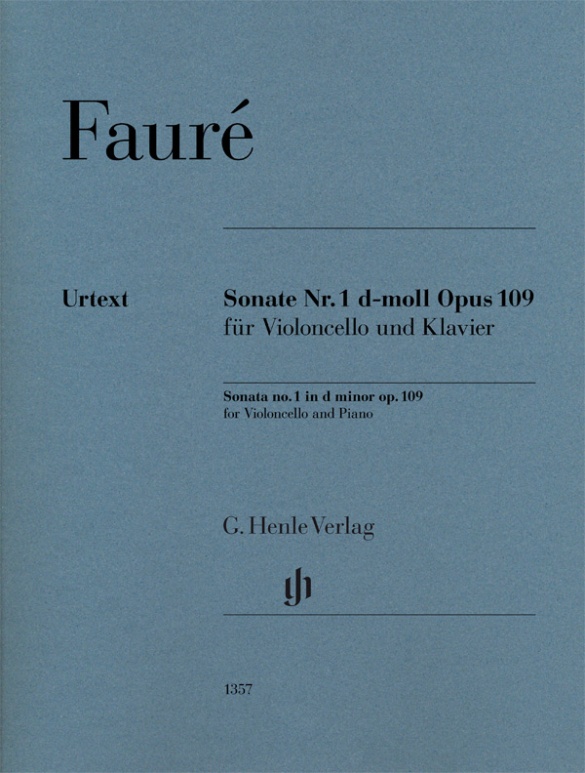

Gabriel Fauré
Violoncello Sonata no. 1 d minor op. 109
Immediately after finishing his second Violin Sonata op. 108, Fauré started work on a sonata for cello and piano in early 1917, thus realising a long-conceived plan. In their predisposition and attitude, both works are very closely related. In the cello sonata, a sombre, dramatic opening movement is also followed by a calm, relaxed slow middle movement and a graceful finale. The critical response to the first performances was subdued, but on account of increasing interest in Fauré’s complete late chamber music, this sonata has recently been rediscovered as a substantial part of his oeuvre. The Henle Urtext edition constitutes the first critical edition of this work. David Geringas, a master of his craft, supplied the markings in the cello part.
Read more about this edition in the Henle Blog.
Content/Details
About the Composer
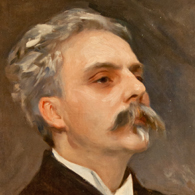
Gabriel Fauré
Representative exponent of French music around 1900. His creative work is centered around the art song, piano music (nocturnes, barcarolles, impromptus, valse-caprice), and chamber music – alongside other genres.
| 1845 | Born in Pamiers (Ariège) on May 12, the son of a primary school teacher. |
| 1854–65 | Attends the École de musique classique et religieuse (founded by L. Niedermeyer), where liturgical musicians were educated; lessons with Saint-Saëns (from 1861). |
| 1866–70 | Organist at the church of Saint-Sauveur in Rennes. |
| 1871 | After occupying various organist positions in Paris, he becomes assistant organist to Saint-Saëns at Saint-Sulpice. He numbers among the founding members of the Société nationale de musique. Performances of his works in their concerts. |
| 1874 | Premiere of his “Suite d’orchestre” in F major (“Symphony No. 1”), which is a compilation of existing pieces. |
| 1875/76 | Violin Sonata No. 1 in A major, Op. 13. |
| 1876–79 | Piano Quartet No. 1 in C minor, Op. 15 |
| 1877 | Maître de chapelle at Paris’s Église de la Madeleine. |
| 1876/78 | Premiere of his choral work “Les Djinns,” Op. 12. |
| from 1879 | Attends performances of Wagner’s music; in his own compositions he distances himself from Wagner. |
| 1885 | Premiere of his Symphony No. 2 in D minor, later destroyed. |
| 1887/88 | Requiem, Op. 48. |
| 1891 | “Cinq Mélodies ‘de Venise’,” Op. 58, on texts by Verlaine. |
| 1892–94 | “La bonne chanson,” Op. 61, on texts by Verlaine. |
| 1896 | Successor to Dubois at the Madeleine. He conducts a composition class at the Paris Conservatoire. |
| 1900 | Premiere of the tragédie lyrique “Prométhée,” Op. 82. |
| 1905–20 | Director of the Conservatoire. |
| 1909 | President of the Société musicale indépendante. |
| 1913 | Premiere in Monte Carlo of his opera “Pénélope.” |
| 1919 | Song cycle, “Mirages,” Op. 113, with clear features of his modernist late style. |
| 1924 | Death in Paris on November 4. |
About the Authors
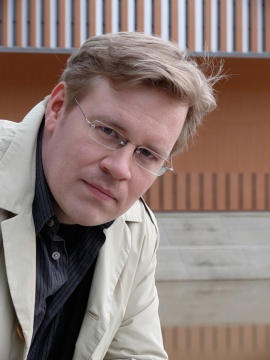
Markus Bellheim (Fingering)
David Geringas (Fingering and bowing for Violoncello)
Product Safety Informations (GPSR)

G. Henle Verlag
Here you can find the information about the manufacturer of the product.G. Henle Verlag e.K.
Forstenrieder Allee 122
81476 München
Germany
info@henle.de
www.henle.com
Alcuni considerano “accademica” la tarda maturità di Fauré. Pubblicazioni come queste non possono che confutare quest’opinione.
Suonare News, 2021... wer also noch keine Fauré-Sonaten besitzt, dem seien die neuen Henle-Hefte ans Herz gelegt ... !
ESTA-Nachrichten, 2022recommendations
autogenerated_cross_selling
Further editions of this title
Further editions of this title


